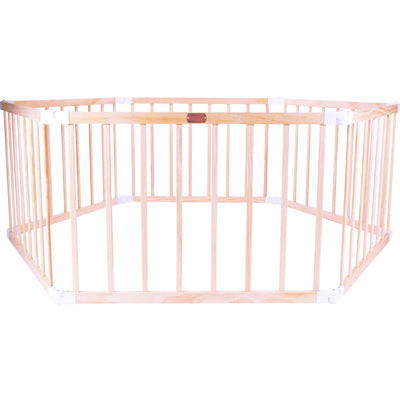Safety Standards - Car Seats - ECE R44 vs. ECE R129 (i-Size)
ECE R44 vs. ECE R129 (also known as i-Size)
Child car seats must undergo accident simulation testing to determine whether or not a seat is safe enough to be sold. There are currently two regulations, ECE R44/04 and since 2013, ECE R129 (i-Size). These are the safety standards that car seats are rated against.
ECE R129 (i-Size) is the most recent safety regulation controlling the manufacture of children’s car seat which was introduced in 2013. The intention was to make child car seats easier to fit, provide better protection from side impacts and keep children rear facing for longer.
ECE R129 (i-Size) car seats are the newest standard of car seat safety and force the industry to adhere to the highest of safety standards. ECE R44/04 is an older set of safety standards and it's being phased out by a new wave of ECE R129 (i-Size) car seats.
There are key differences between the regulations. Below we have condensed the differences between the two regulations into a table to make it simpler to understand.
|
ECE R44/04 |
ECE R129 (i-Size) |
|
Classification based on child’s weight (in kg) |
Classification based on child’s height (in cm) |
|
Categorised by groups (Group 0+, 1, 2, 3) |
No groups |
|
Child can be forward facing from 9 kg |
Child must rear face to a minimum of 15 months |
|
Can be used for seat belt or ISOFIX seats |
Can only be used for ISOFIX |
|
Rear and front impact testing |
Rear, front and side impact testing |
|
P dummy used in crash tests with 4 sensors |
Q dummy used in crash tests with 32 sensors |
Regulation ECE R129 (i-Size), is an evolving regulation. Above you will see the differences between it and the previous regulation ECE R44/04. ECE R129 (i-Size) was developed in order to improve child seat safety and below you will find the main aims of these regulations.
At a glance, the main aims of this regulation include:
- Better Compatibility - as all i-Size car seats will fit all i-Size seating positions in any certified vehicles.
- Easier Installation - reducing the risk of misuse and improper installation due to seats being secured by ISOFIX.
- Promote Rear Facing - it is mandatory to keep i-Size seats rear facing until the child is a minimum of 15 months old.
- Make Classifications Easier - by measuring children according to their height rather than their weight.
-
Make Seats Safer - as they are now subjected to side impact testing
Are ECE R129 (i-Size) car seats safer?
Absolutely, in addition to their increased compatibility, easier installation and rear facing setups, they are side impact tested.
Side impact testing is not a legal requirement for ECE R44 car seats (although some manufacturers do side impact tests anyway). With ECE R129 (i-Size) car seats, you can rest assured that all car seats pass rigorous side impact tests before being awarded the ECE R129 (i-Size) mark of approval.
Is ECE R129 (i-Size) compatible with my car?
The benefit of i-Size approved seating positions is that i-Size car seats are automatically compatible. There's no need to even check, checking compatibility is nevertheless recommended.
If your car does not have the latest i-Size regulated adult passenger seats, don't worry. You can still use i-Size child car seats in a standard ISOFIX car, however, you must always check the vehicle compatibility list first, this is normally found on the manufacturer's website.
Are ECE R129 (i-Size) seats easy to install?
Yes, more so than most car seats. Currently they must be installed via the ISOFIX mounting system which creates a strong, robust connection to the vehicles bodywork. This makes the seat extra sturdy and mitigates the risk of incorrect installation in the vehicle.
How do I know if my car seat is ECE R129 (i-Size)?
To see if your car seat is i-Size, check for this label:
The label is usually found underneath or the back, of the plastic elements of the seat. This label shouldn't be removed for any reason. It will always state the word i-Size.



